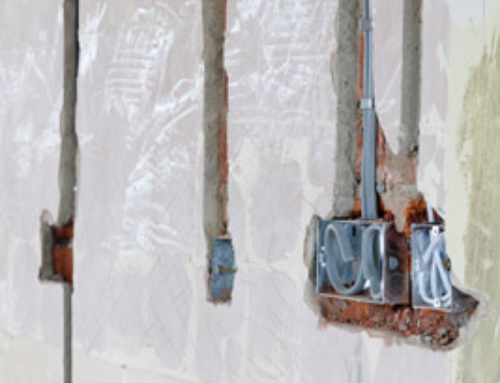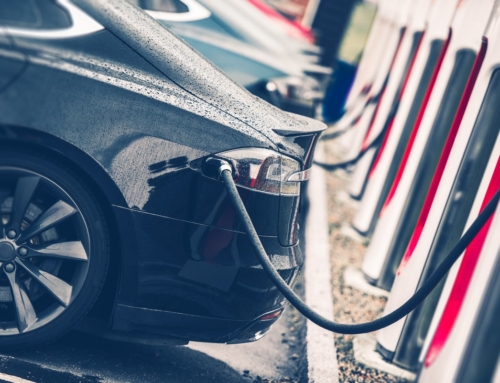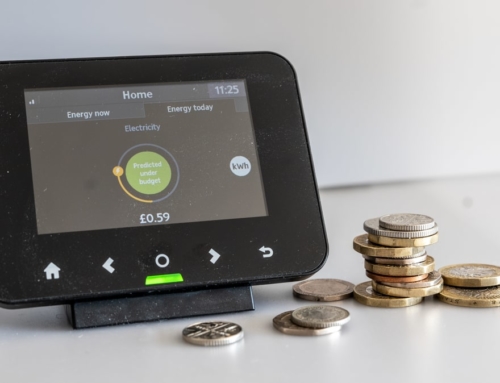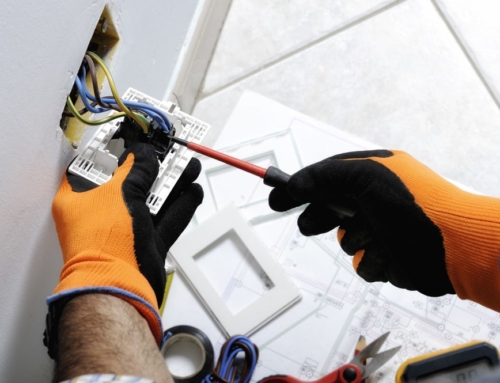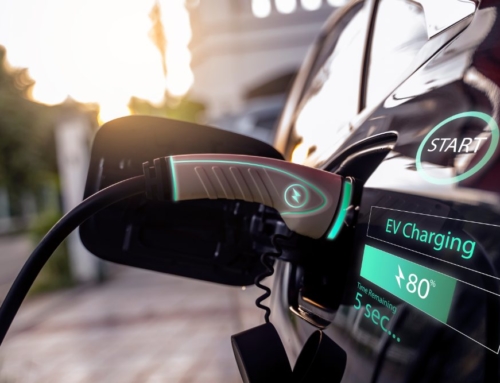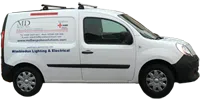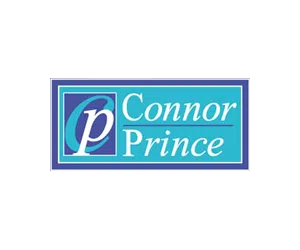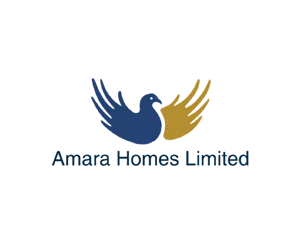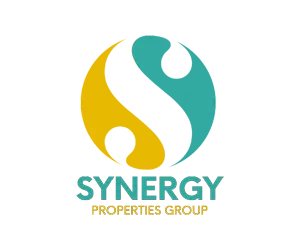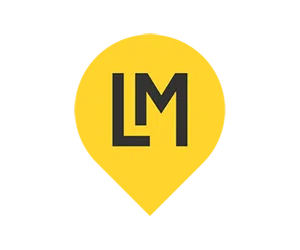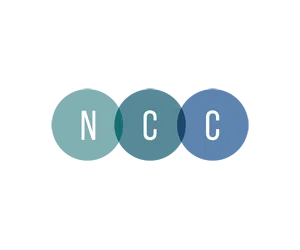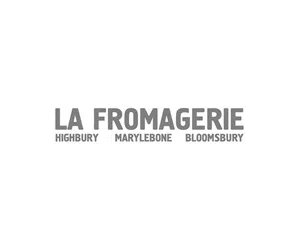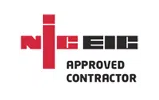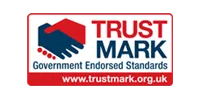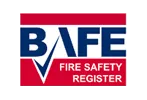Wiring up a garden shed or outbuilding is a very frequent request, and there are many advantages to adding a few lights or sockets. But despite sounding rather simple, a shed installation can be lot more complicated than you’d think. You can’t just run wires through your garden and hope for the best.
In order to achieve a safe, reliable electrical installation in a shed, there are a number of regulations your installer needs need to follow – and several silly mistakes to avoid. And there are several good reasons not to attempt the job yourself.
 Why You Need an Electrician For Shed Electrics
Why You Need an Electrician For Shed Electrics
For anything other than a tiny installation (such as a single socket), you may need to install a split board, or a second consumer unit so that the power can be switched off without affecting the supply to your home. Unless you’re planning on running power from an existing outlet, shed wiring can be a big undertaking. You might think you’ll only use a radio or lamp now, but proper installation requires a certain amount of future proofing.
Additionally, if your outbuilding has any metal pipes that touch the ground (or any other conductive materials), DIY installation could create a potentially hazardous situation where someone could get a nasty shock. Everything in your shed needs to be earthed properly.
For these reasons, wiring electrics to your shed yourself could be very dangerous. You could risk your own life while you carry out the work, and you may also create a hazard in the garden that could injure someone else (or a family pet, should they find a tasty wire to chew on).
Cowboy Electricians: the Warning Signs
Get another electrician if yours suggests any of the following tactics:
- Running wiring along anything except a wall (such as a fence).
- Suspending cables in mid air.
- Running cables along the surface at ground level.
- Skipping bonding work in rooms where there’s a water supply.
- Using cheap cables that are too thin due to volt drop.
- Botching DIY cables.
- Skipping tests or certification to save time or money.
Certifying the Work: Part P
Most domestic electrical installations fall under Part P of UK building regulations. In order to be able to prove you have a safe, compliant electrical system in your shed, you’ll need to do one of two things:
- Employ an electrician who is Part P compliant, or
- Notify your local authority who will then inspect it (at a cost of several hundred pounds).
Employing a Part P compliant electrician is easier and more affordable.
If you ever sell your home, the new owners will understandably want to know the job was done properly, so don’t ignore this legal requirement.
Final Thoughts
The recession in the UK has ‘inspired’ a new wave of DIY electricians who are looking to cut corners and costs. But don’t forget that electricity kills, and even if your installation goes off without a hitch, the resulting wiring may present a hazard to anyone who uses the shed or the garden space. For a safe, reliable electricity supply in an outhouse or shed, always consult a professional electrician.

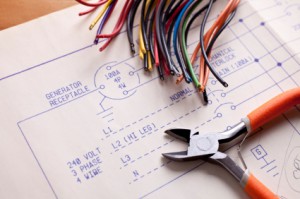 Why You Need an Electrician For Shed Electrics
Why You Need an Electrician For Shed Electrics